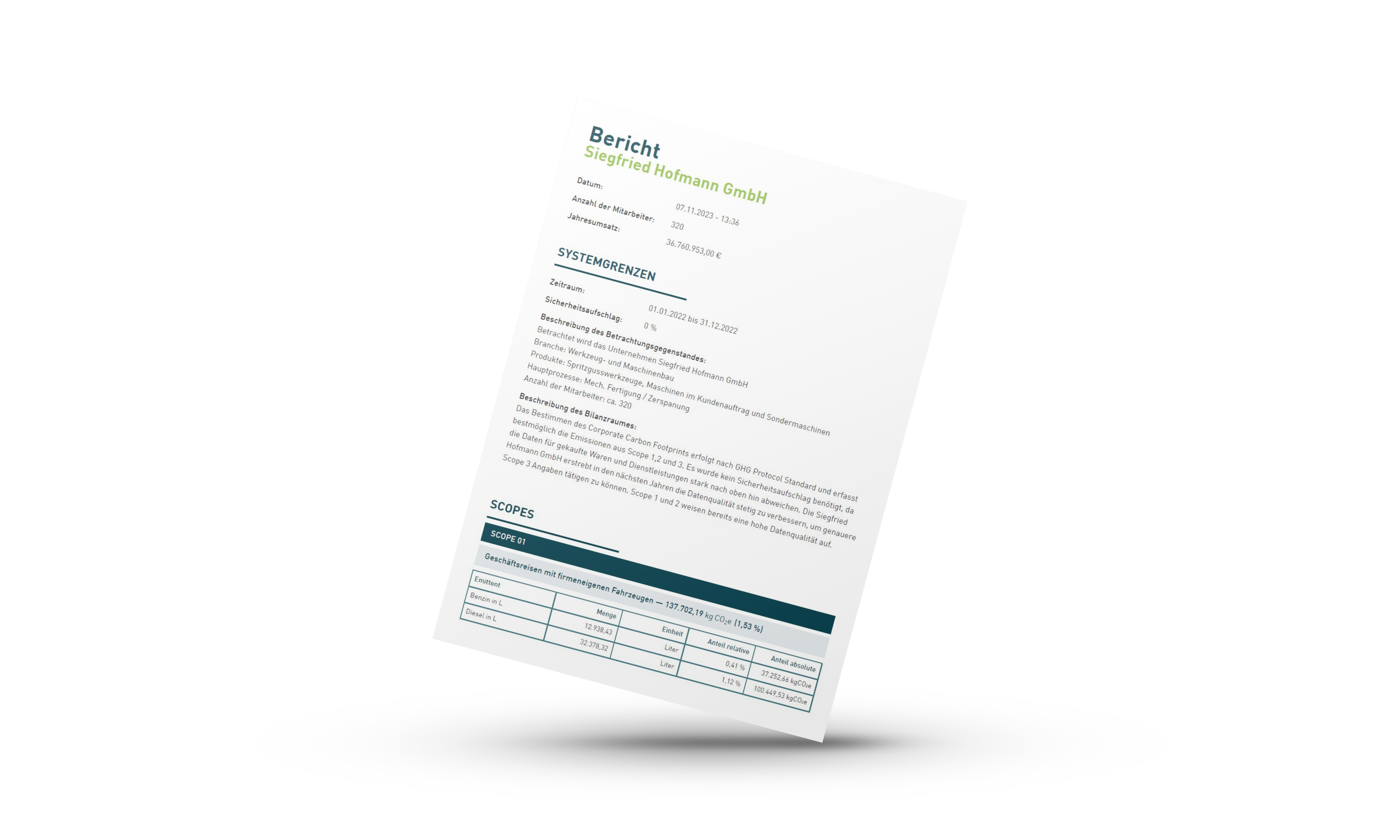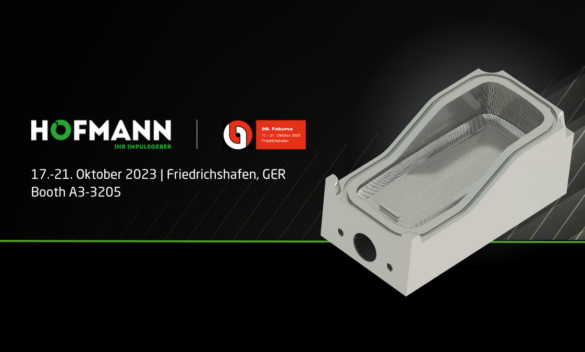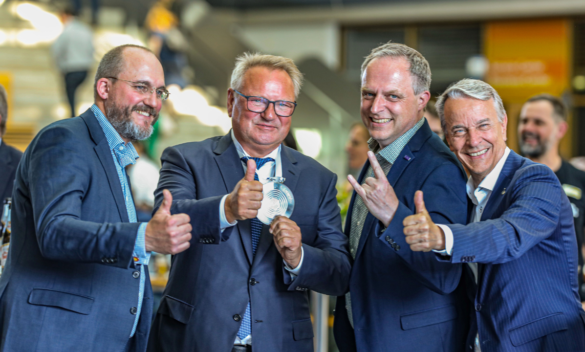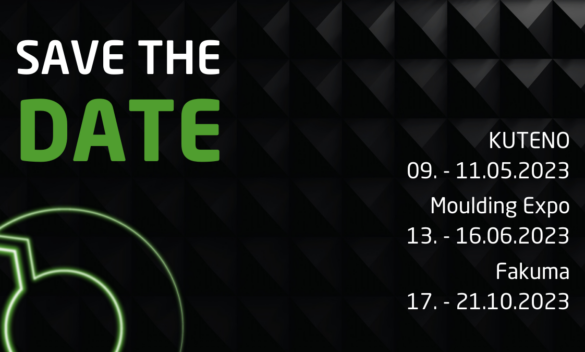Science Based Targets initiative confirms climate targets
Averting climate change requires ambitious measures – including tool making and mechanical engineering. We therefore support the goal of limiting global warming to 1.5°C and want to do our part.
Many measures that have already been implemented or are being planned, such as the usage of 100% green electricity, the expansion of photovoltaic systems and the gradual conversion to an electric vehicle fleet, aim to comply with the Paris Climate Agreement from 2015. This has now also been confirmed by the Science Based Targets initiative:
Both our short-term reduction targets by 2030 and our long-term targets by 2050 for greenhouse gas emissions are in line with the global climate agreement. In concrete terms, this means that we are planning to reduce Scope 1 and Scope 2 emissions by at least 42% by 2030 and including Scope 3 by at least 90% by 2050, starting from the base year 2022.

Our integrated management system in accordance with DIN EN ISO 9001, 14001 and 50001 has ensured a high standard of operational environmental protection for many years, which we are further expanding by setting our emission reduction targets.
What is the Science Based Targets initiative?
The Science Based Targets initiative (SBTi) is a global board that empowers businesses and financial institutions worldwide to play their part in tackling the climate crisis. The SBTi develops standards, tools and guidance to keep global warming below catastrophic levels and achieve net-zero emissions by 2050 at the latest. Over 7,500 companies worldwide are already working with the SBTi and almost 3,000 of them have committed to the net zero target.
The initiative is a collaboration between the CDP (Carbon Disclosure Project), the United Nations Global Compact, the World Resources Institute (WRI) and the World Wide Fund for Nature (WWF), and is one of the commitments of the We Mean Business Coalition. The SBTi defines and promotes best practice in defining science-based targets, provides helpful resources for implementation and assesses and approves companies’ targets as an independent organization.

What do Scope 1, Scope 2 and Scope 3 mean?
In greenhouse gas accounting, a distinction is made between operational emissions in Scope 1 and 2, and upstream and downstream emissions in Scope 3.
Scope 1: Emissions generated directly at the operating site
- Combustion of fuels, e.g. for heating
- Emissions from production processes
- Use of company vehicles
- Leakage of volatile gases
Scope 2: Emissions generated elsewhere for the provision of energy
- Purchased electricity
- Purchased heat/cooling
- Externally generated pressure/steam
Upstream Scope 3: Emissions generated elsewhere upstream for business operations
- Purchased goods and services
- Fuel and energy-related emissions
- Rented or leased property, plant and equipment
- Business travel and commuting
- Capital goods
- Transportation
- Waste
Downstream Scope 3: Emissions generated elsewhere downstream for business operations
- Processing of products sold
- Use of products sold
- Disposal of sold products
- Rented or leased property, plant and equipment
- Investments
- Franchise
- Transportation








